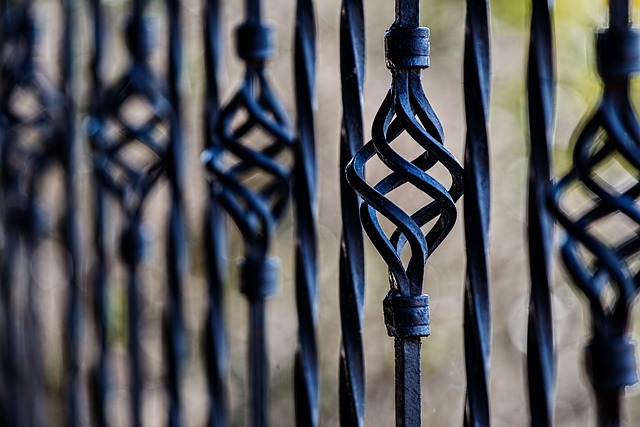For New Bedford, Massachusetts homeowners looking to enhance their outdoor spaces, installing a fence offers both privacy and security. This guide provides essential insights into the DIY fence installation process, ensuring your project is a success. From understanding local regulations and planning permits to selecting the perfect fence material and tools, we cover everything you need to know. Get ready to transform your property with confidence and create a secure outdoor sanctuary tailored to your needs.
- Understanding Your Fence Options for New Bedford Properties
- Planning and Permitting: Essential Steps Before Installation
- Tools and Materials You'll Need for the Job
- Step-by-Step Guide to DIY Fence Installation
Understanding Your Fence Options for New Bedford Properties
When it comes to fence installation in New Bedford, Massachusetts, homeowners have a variety of options to choose from. The first step is to understand what materials and styles are available that fit both your aesthetic preferences and budget. Wood fences, for instance, offer classic charm and can be stained or painted to match your home’s exterior. Vinyl fences, on the other hand, require less maintenance and come in a range of colors and designs. Chain link fences are ideal for security and durability, especially in areas with children or pets. Before you begin, research local regulations regarding fence height, materials, and placement to ensure your project complies with New Bedford’s guidelines.
Planning and Permitting: Essential Steps Before Installation
Before tackling your DIY fence installation project, understanding the planning and permitting process is crucial. The first step involves assessing your local zoning regulations and obtaining any necessary permits. New Bedford, Massachusetts, like many cities, has specific guidelines regarding property improvements, including fencing. Homeowners should check with their local building department or town clerk to inquire about permit requirements, fee structures, and permitted fence types for residential properties.
This research will help you ensure your project complies with city codes, avoiding potential fines or delays during construction. It’s also wise to consider the impact of the fence on neighboring properties and the overall neighborhood aesthetic. Some areas may have restrictions on height, materials, or design elements, so planning accordingly is essential to a smooth installation process.
Tools and Materials You'll Need for the Job
When it comes to DIY fence installation, having the right tools and materials is essential. For a typical New Bedford, Massachusetts project, you’ll need a variety of items to ensure a sturdy and aesthetically pleasing result. Start with basic tools like a hammer, measurements tape, and a level. A post-hole digger or auger will be necessary for digging the holes for your fence posts.
For materials, wood or vinyl fencing is popular choices. You’ll require posts, rails, pickets (for wooden fences), or panels (for vinyl). Concrete for setting the posts in place and fasteners such as nails or screws are also vital. Don’t forget protective gear like gloves and safety glasses to keep yourself safe during installation.
Step-by-Step Guide to DIY Fence Installation
Starting your DIY fence installation is simpler than you think. First, assess your yard and determine the perimeter where you want to install the fence. Measure the length and height requirements, keeping local regulations in mind for setbacks and heights. Gather all necessary tools like post-hole diggers, hammers, power drills, string lines, concrete, and fencing materials. Mark out the fence line with stakes and string for guidance while digging post holes. These holes should be deep enough to support the posts securely. Place your fence posts in the holes, ensuring they’re level and aligned before backfilling with concrete. Allow adequate time for the concrete to cure fully. Once set, attach the fence panels or pickets to the posts using brackets or nails, following manufacturer instructions. Regularly inspect your new fence for any signs of wear and make repairs as needed to maintain its integrity and appearance.
